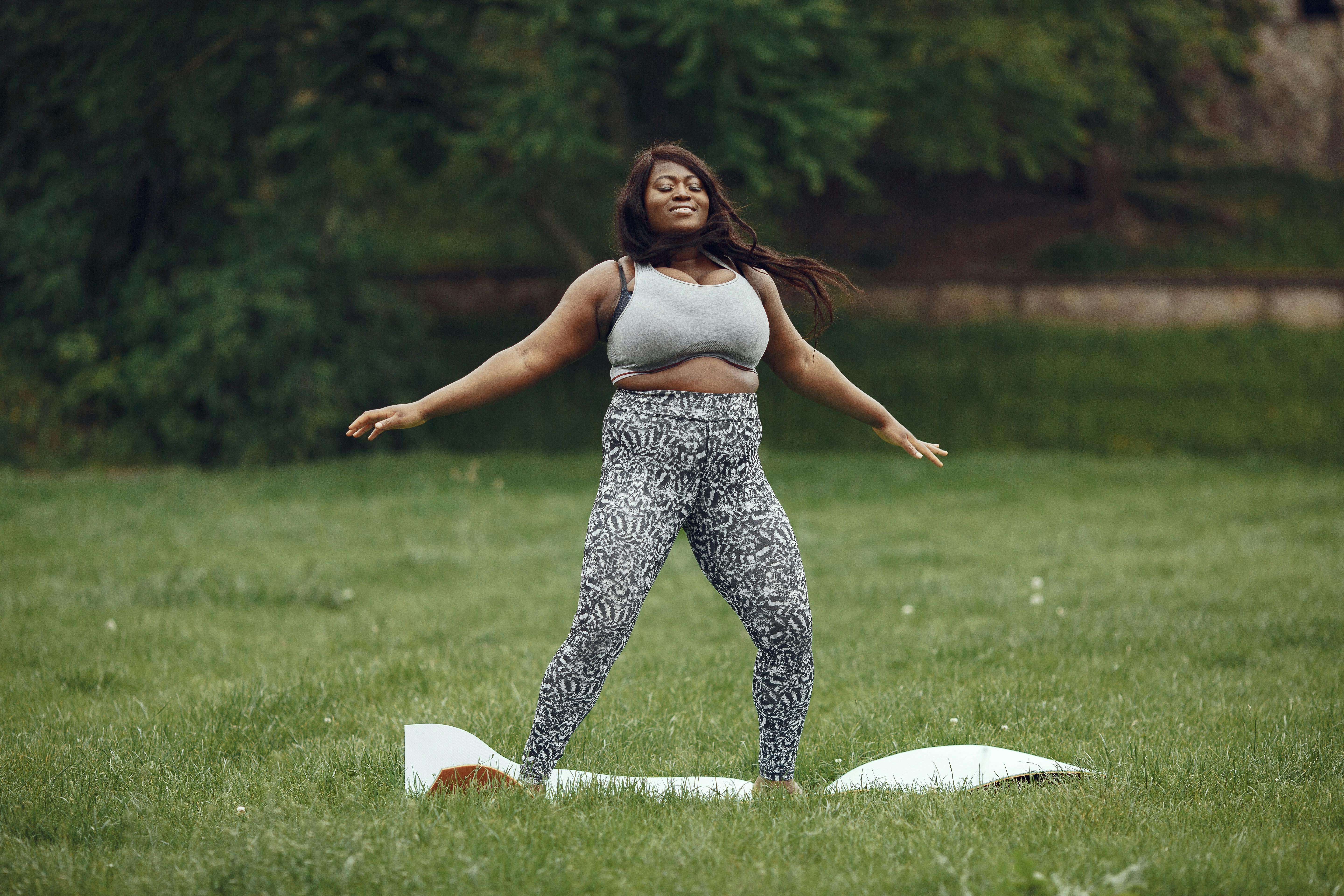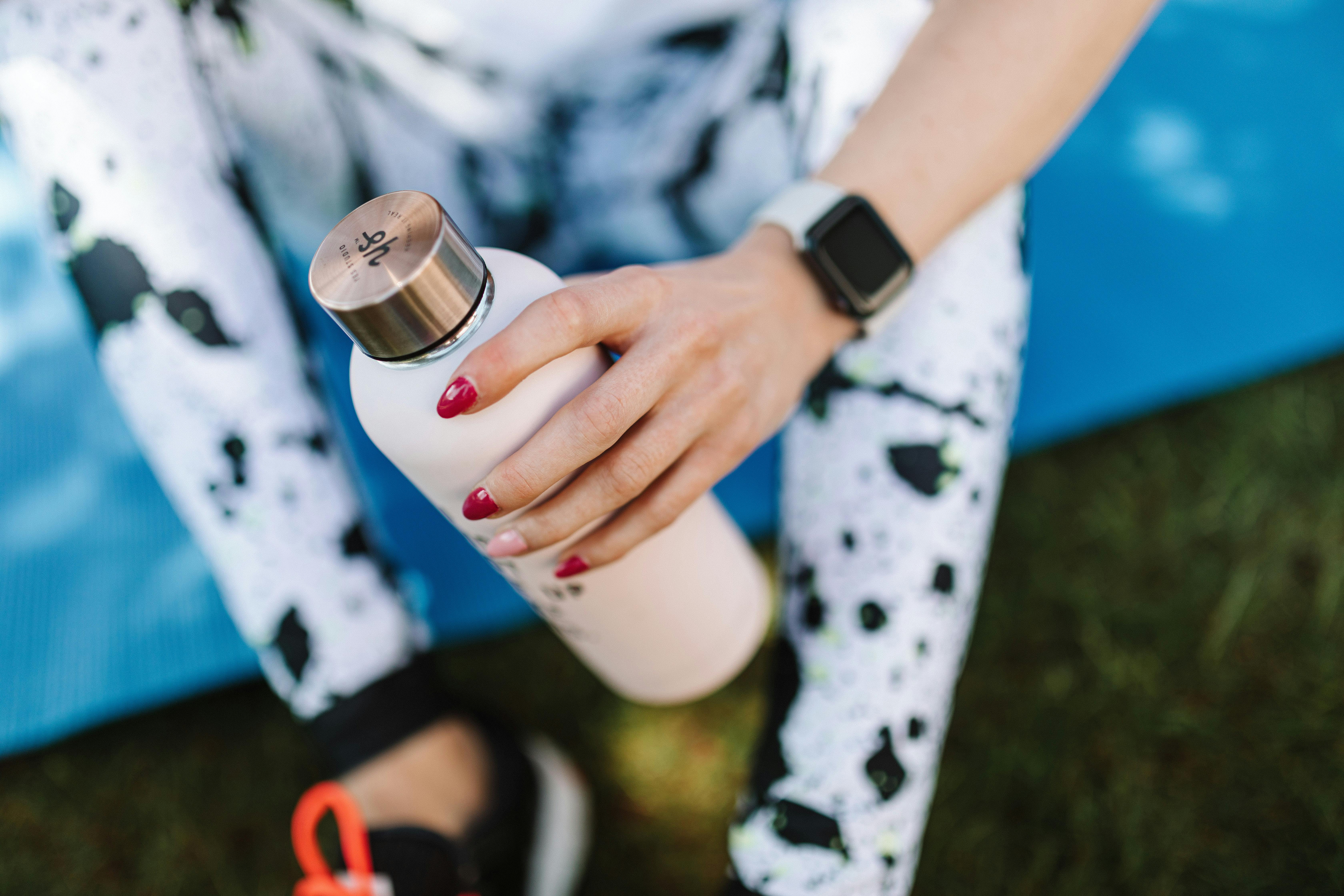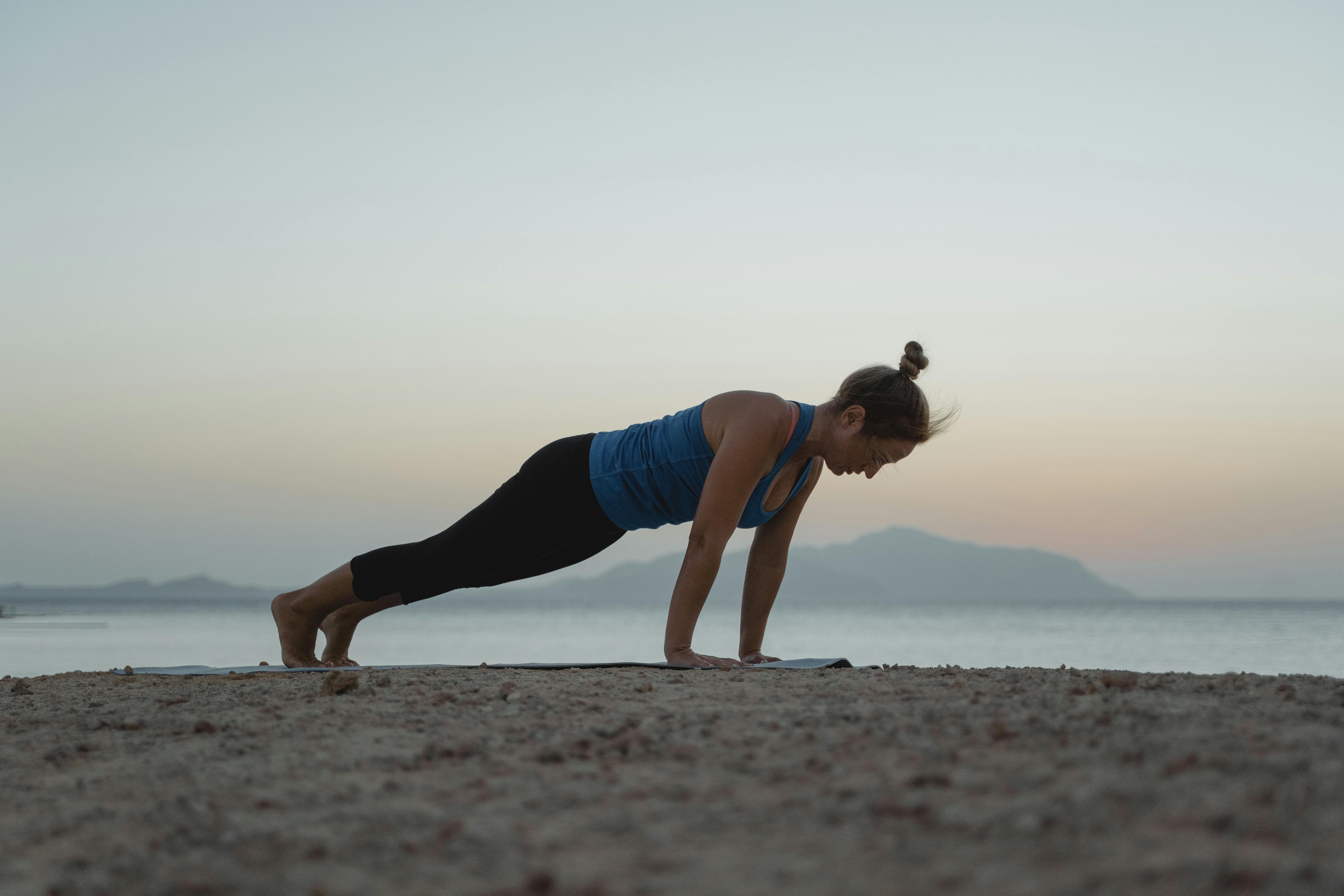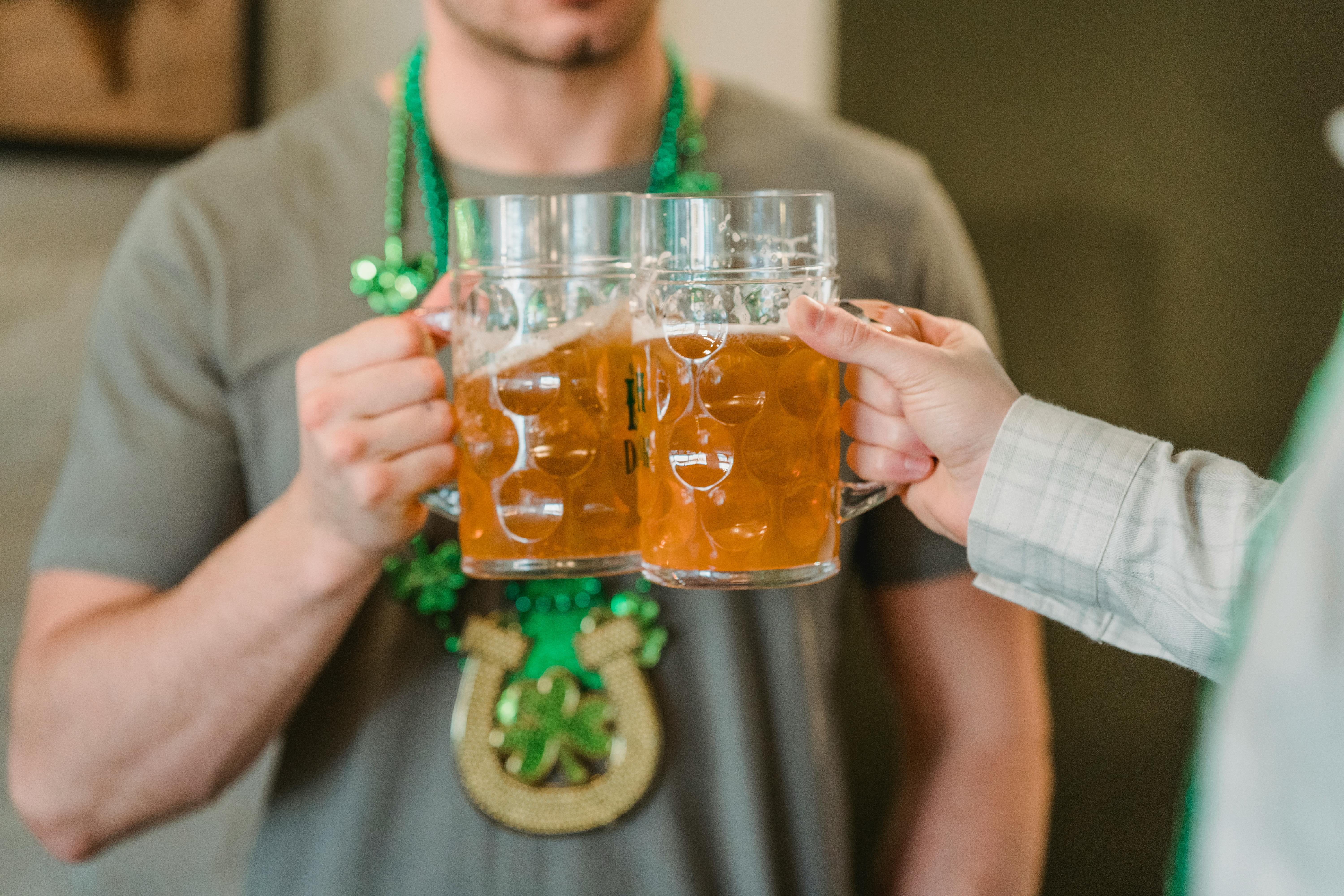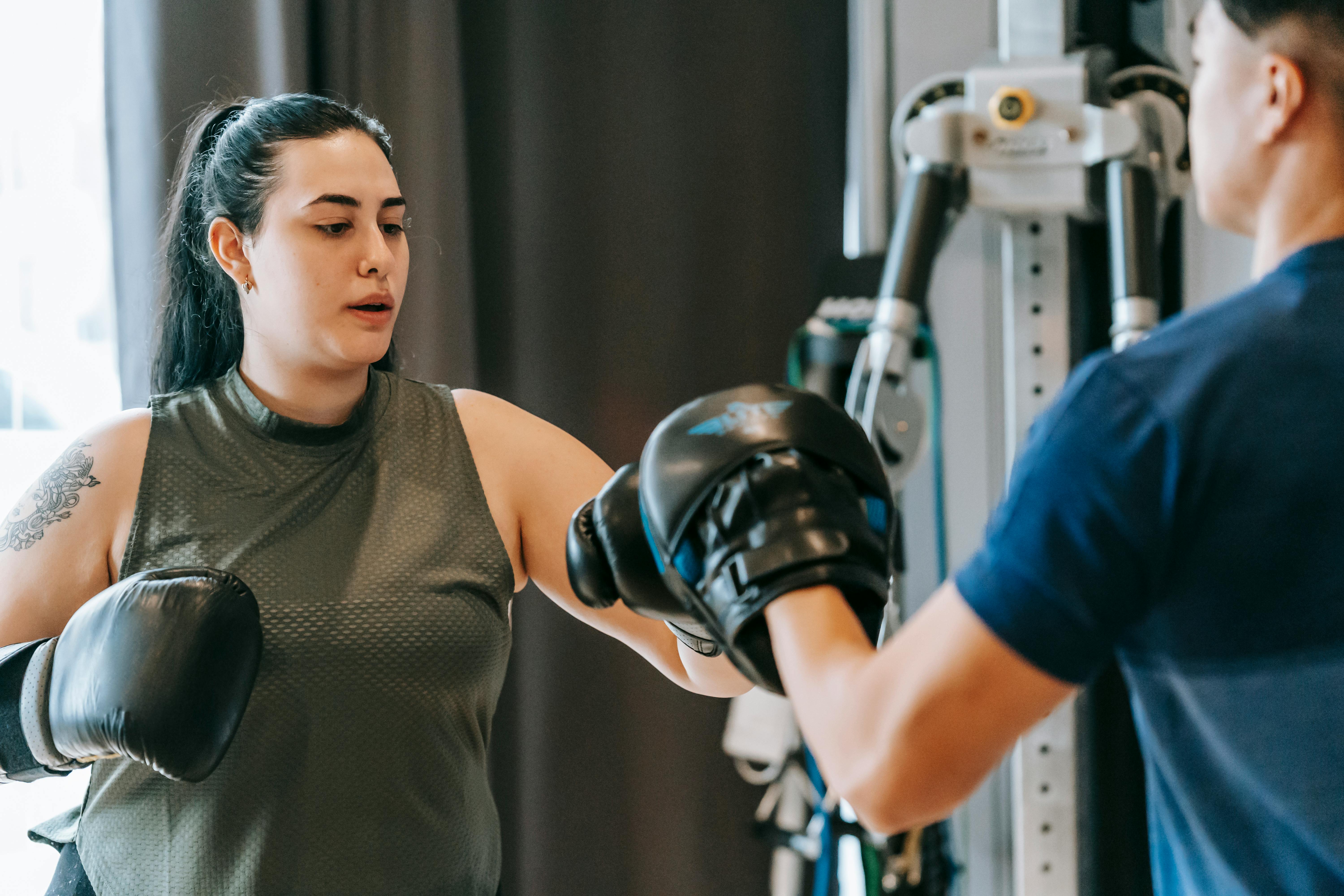You’ve probably heard of the “220-your age” formula for estimating maximum heart rate. Unfortunately, this formula is not very useful because it can easily drift by more than 20 beats on the high or low side. For me, at 54, this formula says that my maximum heart rate should be 166, but I know from more accurate testing that it is at least 25 beats higher than that.
In books, on exercise machines, and on gym walls, you’ll often see charts of suggested exercise intensity that are based on 220-your age. It is also in calculators all over the web. You would hardly break a sweat if you exercised at those levels. But more importantly, for some people the opposite is true and their maximum heart rate may be more than 20 beats lower than what the formula predicts. If they were exercising at the levels of the tables, their intensity could be too high, especially for anyone with a medical condition.
This formula is often cited without any warning about its possible inaccuracy, and aside from the inaccuracy, it turns out that it has little scientific basis. [Kolata, 2003]. Some people are aware that its original authors never intended 220 age to be a universal formula (it was intended to provide a safe level of exercise for cardiac rehab patients and was based on a not very large sample of subjects). But the problem is also in the basic assumption that maximum heart can be predicted based solely on age. If you think about it, it seems silly: regardless of family history, fitness level, whether we are tall or short, underweight or overweight, etc., we all have exactly the same heart rate at a certain age and maximum heart rate. decreases. with age in all of us at exactly the same rate?
More recent studies have tried to review this concept in a larger sample of the population. For example, in one study, based on thousands of male and female subjects, aged 18 to 81, the authors proposed a “best fit” equation of:
Maximum heart rate = 208 -0.7x Age.
However, if you look at the data on which it is based, it looks like a cloud with only a wave trend towards a decrease in heart rate with age; there is a lot of dispersion. The new formula is a bit more accurate than the old one, but it can still predict below or above maximum heart rate by about 20 beats. [Tanaka, 2001].
A recent review of many attempts to find a formula to predict maximum heart rate concluded that there is no precise enough formula to predict maximum heart rate from age alone. [Robergs, 2002]. In my opinion, neither is possible due to the large amount of scatter in the data. Exercise physiologist Dr. Fritz Hagerman, who has studied world-class rowers for three decades, has said that the idea of a formula to predict an individual’s maximum heart rate is ridiculous – he has seen Olympic rowers in their 20s with heart rates. maximums. of 220, and others of the same equipment and with the same capacity, with maximum rates of only 160 [Kolata, 2001].
Many books have charts with elaborate training programs based on various intensity zones, all based on maximum heart rate. It may all sound very scientific, but it’s not worth it if it’s based on an inaccurate number.
Another misconception that I have come across is that the problem with the 220 year formula is solved by using the “heart rate reserve” or Karvonen formula. In that formula, your exercise intensity expressed as a percentage of your “reserve capacity” between your resting heart rate (RHR) and your maximum heart rate (MHR):
Target heart rate = X% of (MHR-RHR) + RHR
Where X% is the desired percentage. This is a useful formula because its intensities are related to a percentage of your heart rate corresponding to your VO2Max maximum oxygen update, which many exercise physiologists like to use. But the Karvonen formula still needs an accurate estimate of your maximum heart rate. If you enter an inaccurate number based on an age-related prediction, such as 220 years, the result will still be inaccurate.
Heart rate training can be a useful tool, based on a good estimate of what a valid intensity level is for you. Maximum heart rate can be accurately measured in a laboratory, but for most of us it is quite an expensive option. You can estimate other useful parameters such as heart rate at lactate threshold from self-administered tests (see, for example, [Carmichael, 2003]) and this can be used for heart rate based training. But for those of us who are primarily interested in fitness, I question the need. I am a “perceived level of effort” type of person. On easy cardio days my pace is comfortable. On tough days, it feels tough, and when doing intervals, it’s very difficult. This leads to good and steady progress.
References
-Carmichael, Chris and Jim Rutberg, The Ultimate Ride: Get Fit, Get Fast and Start Winning with the World’s Best Cycling Coach, Grosset & Dunlap, 2003.
-Kolata, G, “Maximum Heart Rate Theory Challenged,” The New York Times Health Page, April 24, 2001.
-Robergs, R, and Landwehr, R, “The surprising story of the ‘Equation’ of ‘HRmax = 220-age’, Journal of Exercise Physiology Online, 5 (2), 2002.
-Tanaka, H, Monahan, K, Seals, D, “Revised age-predicted maximum heart rate,” Journal of the American College of Cardiology, 37 (1), 153, 2001.


